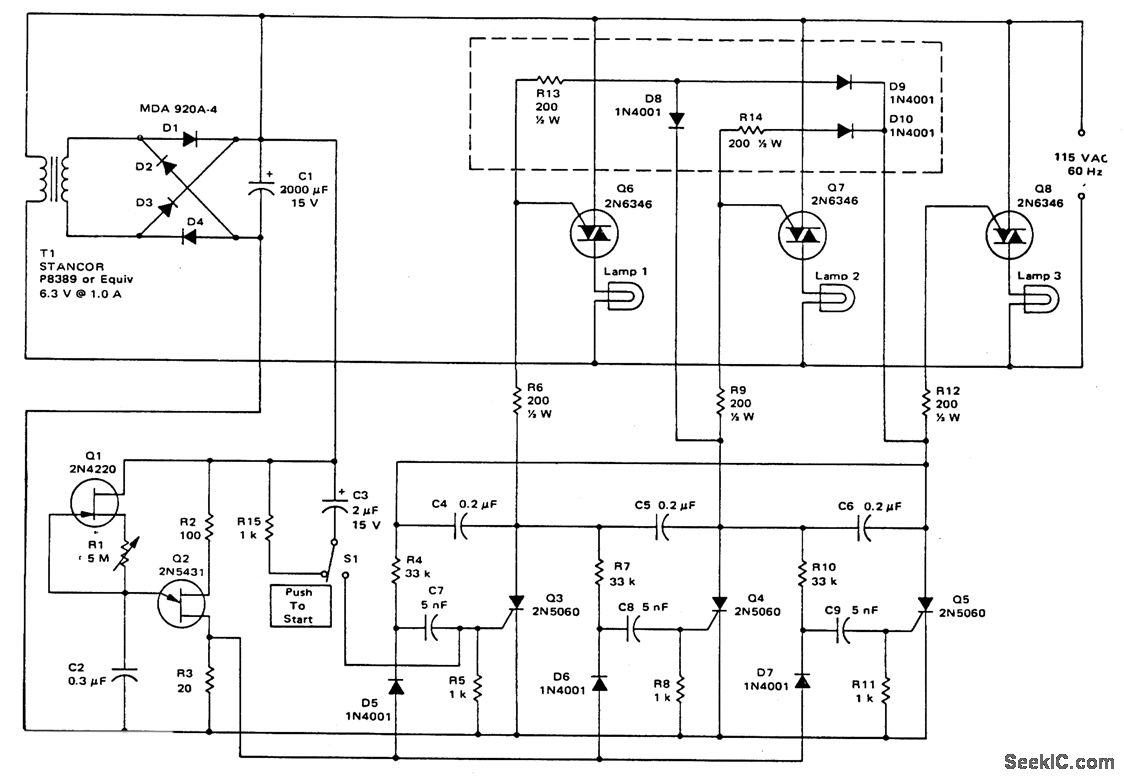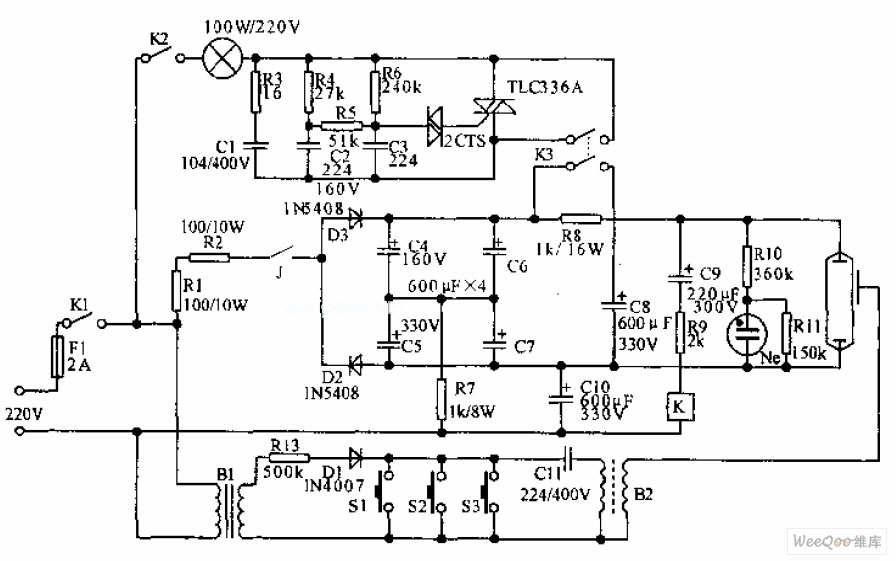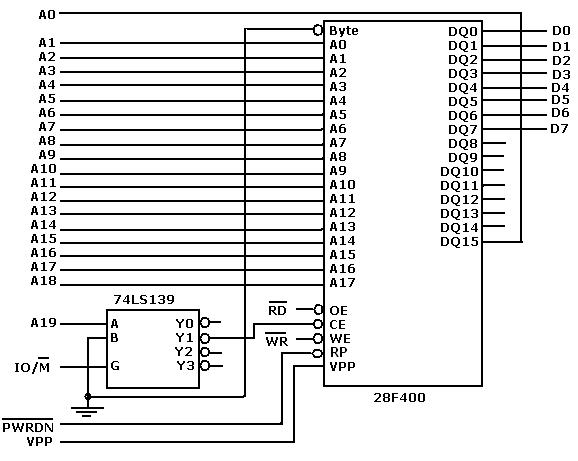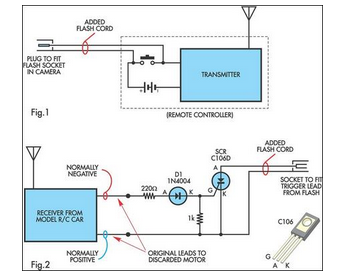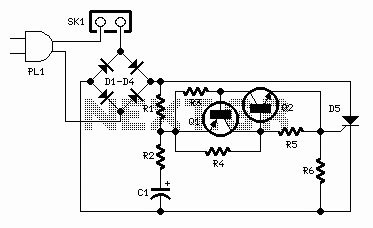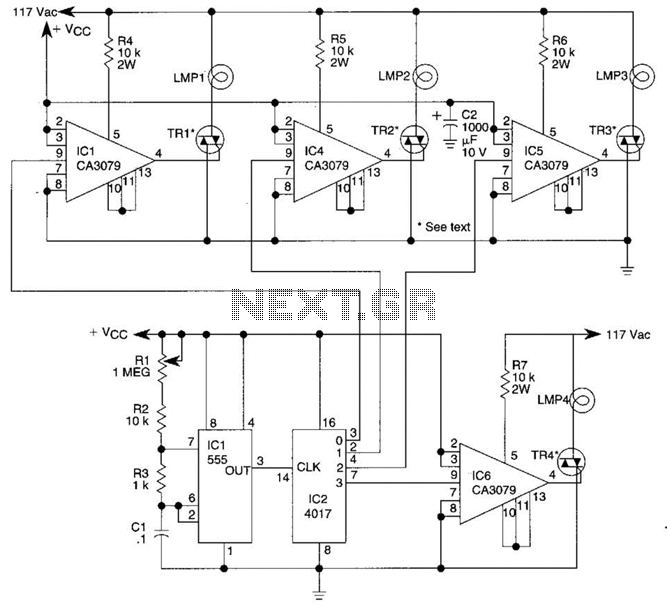
Slave Flash Trigger

Using any camera in a dull or dark environment typically necessitates supplementary lighting. This is a common practice, even when sufficient natural light is available, to enhance contrast in conventional film photographs by using a fill-in flash for foreground subjects in shadow. While many cameras feature a built-in flash, this internal flash generally lacks the power to adequately illuminate subjects beyond approximately 3 meters from the camera. SLR cameras often include a hot shoe for triggering a more powerful external flash, whereas compact cameras usually do not have this capability. However, it is feasible to trigger a slave flash using optical means from the camera's flash. The process can be complicated, as certain cameras, such as Olympus, Nikon, and Canon, may emit two flashes that appear as one to the observer; the first flash is for exposure measurement and the second captures the image. Synchronization requirements can be found on various websites maintained by professional photographers, along with a series of articles featuring kits created by a caving enthusiast. The described trigger circuit optically detects the camera flashes and can either trigger the slave flash simultaneously with the first flash or with a delay. Additional counting circuitry is necessary for multiple delays, which is covered by a modified circuit not included in this description. The circuit operates as follows: the phototransistor D5 responds to the external camera flash, and this pulsed signal is amplified by transistor T1 into the dual flip-flop clock IC1. One output from the flip-flop activates an LED to indicate readiness. A double-pole, three-position slide switch, S1, allows selection of no delay (for example, with Kodak cameras) or a single flash delay (for example, with Olympus cameras) before triggering the slave flash. Both flip-flops used are from the 4013 series, and the clock signal derived from the flash is triggered on the rising edge to divide the signal by two, thereby triggering the TIC206 triac on either the first or second flash. A simple RC timing reset mechanism involving resistor R6 and capacitor C4 is incorporated, providing a relatively long delay (approximately half a second) before resetting the entire circuit. The triac's advantage is its ability to handle trigger voltages of either polarity. The 2N3906 transistor may be substituted with its equivalent, the BC212L. The SFH300-2 photodiode is available from Maplin under part number MES NP64U. Alternatively, the triac can also be a TIC126D.
The described circuit serves as a versatile solution for enhancing photography in low-light conditions by enabling the use of external flash units. The design effectively synchronizes the firing of a slave flash with the camera's built-in flash, ensuring proper exposure and lighting. By utilizing a phototransistor to detect the flash, the circuit can respond quickly to the camera's output, allowing for precise timing adjustments. The dual flip-flop configuration provides flexibility in operation, enabling the user to select the appropriate delay based on the specific camera model and its flash characteristics.
The incorporation of a triac allows the circuit to control high-voltage flash units, making it suitable for a wide range of photography applications. The use of an RC timing reset mechanism ensures that the circuit can be reused repeatedly without manual intervention, enhancing usability during photography sessions. The ability to trigger the slave flash either simultaneously or with a delay offers creative control over lighting, allowing photographers to achieve desired effects in their images. Overall, this circuit design is an effective tool for photographers looking to improve their work in challenging lighting conditions.Using any camera in a dull or dark environment generally requires the use of supplementary light. This is a standard technique, and even where adequate natural lighting exists, to take conventional film pictures with enhanced contrast using a fill-in` flash for foreground subjects in shade. A flash is often built into the camera body, but the inte rnal flash is not usually powerful enough to illuminate subjects much more that 3 m or so from the camera. On SLR cameras a hot-shoe is provided for triggering an auxiliary, more powerful flash, but the small pocket cameras are not so equipped.
However, it is possible to trigger a slave flash from the camera flash by optical means. Even so, things are not so simple, for some cameras, e. g. Olympus, Nikon, Canon actually fire twice, although it appears to be once to the naked eye. The first flash sets the exposure and the second takes the picture. Help on synchronisation requirements may be found at various websites maintained by professional photographers. See also for a series of articles with kits by a caving enthusiast. The presented trigger circuit optically receive the camera flashes and either fires at the same time as the first flash or has one flash delay before triggering the slave flash.
Additional counting circuitry is required for more than one delay (covered by modified circuit not presented here). Here`s how it works. The response of phototransistor D5 to the external camera flash is pulsed by a transistorised amplifier T1 into the dual flip-flop clock IC1.
One output of a flip-flop illuminates an LED as a ready` signal. A double pole 3-position slide switch, S1, selects none (e. g. for Kodak camera) or one (e. g. for Olympus camera) flash delay before triggering. Both flip-flops are used in the 4013, the clock signal derived from the flash is used (triggered on the rising clock signal) to divide by two` and trigger the TIC206 triac on the first or second flash. A simple RC timed reset mechanism around R6-C4 is used with a relatively long delay (about half a second) before resetting the entire circuit.
The advantage of the triac is that a trigger voltage of either polarity can be handled. The 2N3906 may be replaced by its near equivalent the BC212L. The SFH300-2 photodiode is supplied by Maplin as part number MES NP64U. The triac may also be a TIC126D. 🔗 External reference
The described circuit serves as a versatile solution for enhancing photography in low-light conditions by enabling the use of external flash units. The design effectively synchronizes the firing of a slave flash with the camera's built-in flash, ensuring proper exposure and lighting. By utilizing a phototransistor to detect the flash, the circuit can respond quickly to the camera's output, allowing for precise timing adjustments. The dual flip-flop configuration provides flexibility in operation, enabling the user to select the appropriate delay based on the specific camera model and its flash characteristics.
The incorporation of a triac allows the circuit to control high-voltage flash units, making it suitable for a wide range of photography applications. The use of an RC timing reset mechanism ensures that the circuit can be reused repeatedly without manual intervention, enhancing usability during photography sessions. The ability to trigger the slave flash either simultaneously or with a delay offers creative control over lighting, allowing photographers to achieve desired effects in their images. Overall, this circuit design is an effective tool for photographers looking to improve their work in challenging lighting conditions.Using any camera in a dull or dark environment generally requires the use of supplementary light. This is a standard technique, and even where adequate natural lighting exists, to take conventional film pictures with enhanced contrast using a fill-in` flash for foreground subjects in shade. A flash is often built into the camera body, but the inte rnal flash is not usually powerful enough to illuminate subjects much more that 3 m or so from the camera. On SLR cameras a hot-shoe is provided for triggering an auxiliary, more powerful flash, but the small pocket cameras are not so equipped.
However, it is possible to trigger a slave flash from the camera flash by optical means. Even so, things are not so simple, for some cameras, e. g. Olympus, Nikon, Canon actually fire twice, although it appears to be once to the naked eye. The first flash sets the exposure and the second takes the picture. Help on synchronisation requirements may be found at various websites maintained by professional photographers. See also for a series of articles with kits by a caving enthusiast. The presented trigger circuit optically receive the camera flashes and either fires at the same time as the first flash or has one flash delay before triggering the slave flash.
Additional counting circuitry is required for more than one delay (covered by modified circuit not presented here). Here`s how it works. The response of phototransistor D5 to the external camera flash is pulsed by a transistorised amplifier T1 into the dual flip-flop clock IC1.
One output of a flip-flop illuminates an LED as a ready` signal. A double pole 3-position slide switch, S1, selects none (e. g. for Kodak camera) or one (e. g. for Olympus camera) flash delay before triggering. Both flip-flops are used in the 4013, the clock signal derived from the flash is used (triggered on the rising clock signal) to divide by two` and trigger the TIC206 triac on the first or second flash. A simple RC timed reset mechanism around R6-C4 is used with a relatively long delay (about half a second) before resetting the entire circuit.
The advantage of the triac is that a trigger voltage of either polarity can be handled. The 2N3906 may be replaced by its near equivalent the BC212L. The SFH300-2 photodiode is supplied by Maplin as part number MES NP64U. The triac may also be a TIC126D. 🔗 External reference
